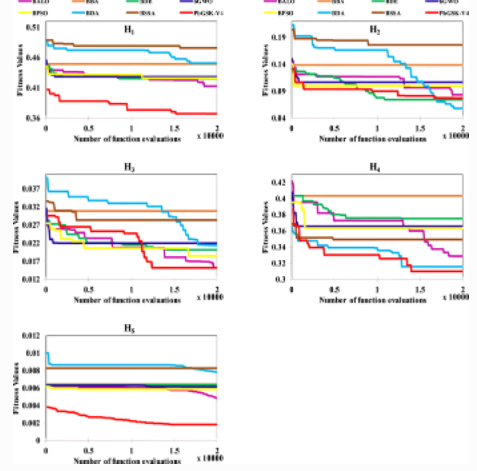Breadcrumb

Growth dynamics of CBD-assisted CuS nanostructured thin-film: optical, dielectric and novel switchable device applications
The microcrystal structure of copper sulfide (CuS) nano-structured ultra-thin film was prepared on glass substrate from aqueous ammonia solution and sodium hydroxide at 60 °C using a simple and cost-effective chemical bath deposition (CBD). The powder X-ray diffraction method was used to characterize the hexagonal structure of the prepared CuS thin-film. While, surface morphology and surface topology were investigated by scanning electron microscopy (SEM) and atomic force microscopy (AFM). The optical properties were investigated by using UV–visible absorption spectrum. The electronic properties including average energy gap (Penn gap), Fermi energy, electronic polarizability and valence electron plasma energy of CuS thin films were determined. Semiconductor characterization of CuS film was confirmed using temperature dependent conductivity analysis. To prove the positive photoconductivity of nano-structured CuS nano-structured thin film, photoconductivity measurements were performed. I–V characteristics result, and Hall Effect measurements were also evaluated. Our results showed that the prepared CuS nano-structured thin films have higher crystallinity, purity and higher content of copper (Cu: 89.6%) as confirmed by XRD and EDX elemental analysis, respectively. While, their optical band gap energy is about 2.2 eV. Polarization-dependent Raman investigations allowed sample identification by dominant peaks at 265 cm−1 and 474 cm−1, proving the formation of CuS. Moreover, stimulating energy was found to be 0.028 eV by employing DC conductivity measurements. The estimated surface roughness was about (115 nm) with an average thickness of about (16.3 nm) as obtained from AFM analysis. Finally, remarkable smooth multi-colored marble like textural patterns have been recorded confirming the novel switching as recorded by the polarizing optical microscopy. © 2019, Springer Science+Business Media, LLC, part of Springer Nature.



